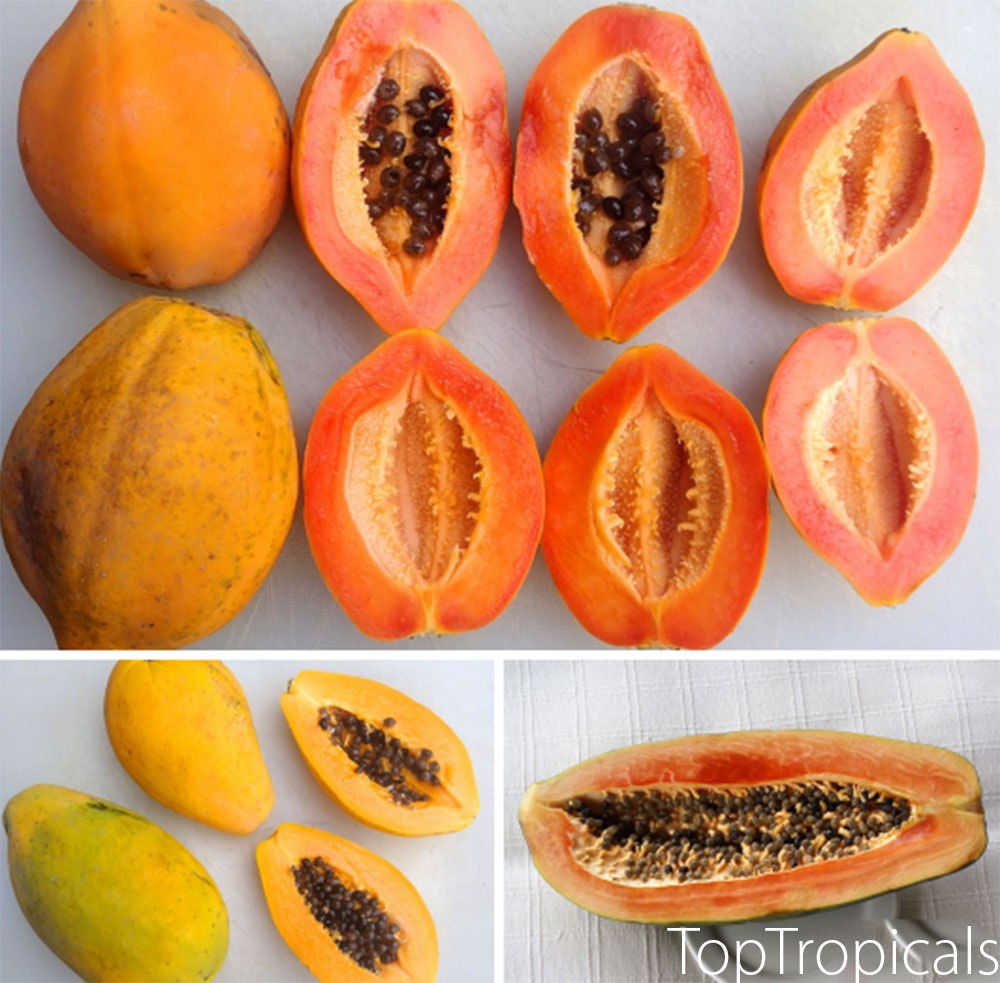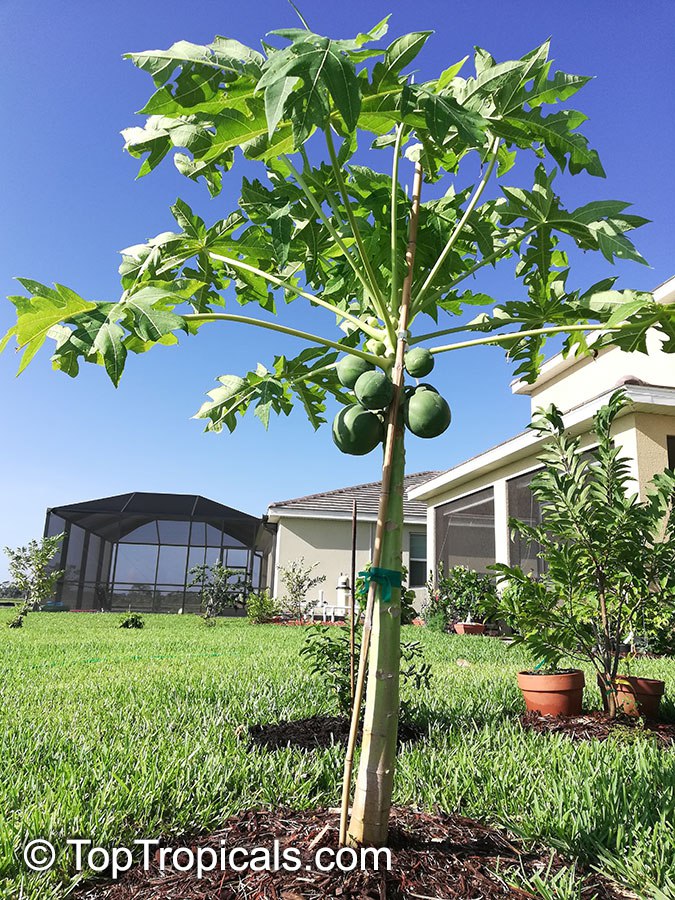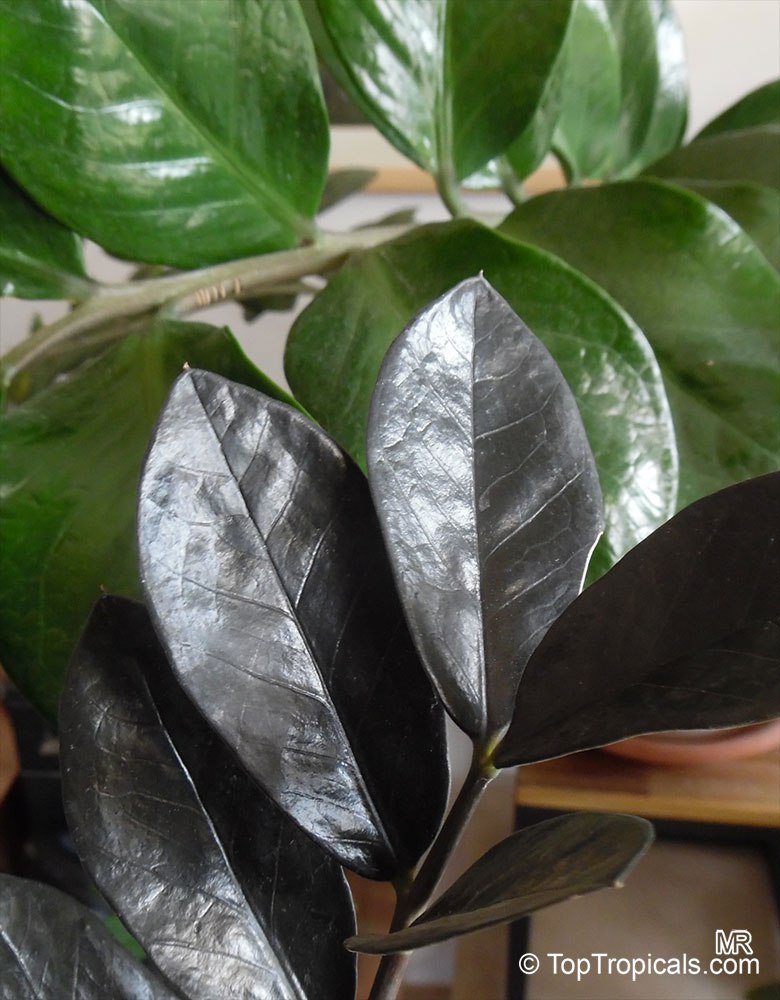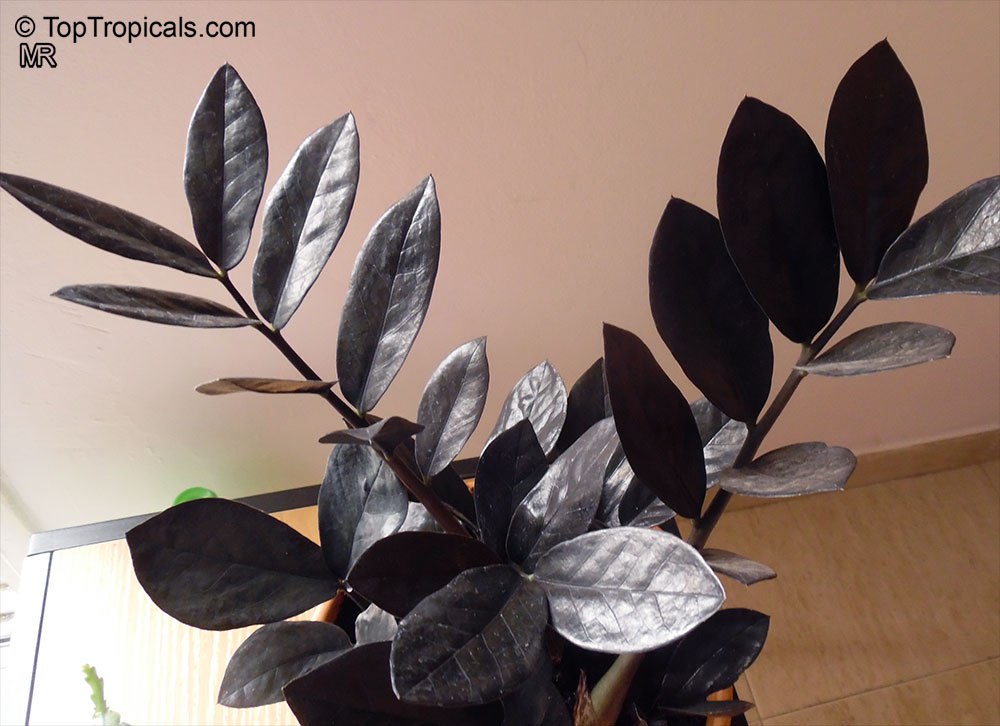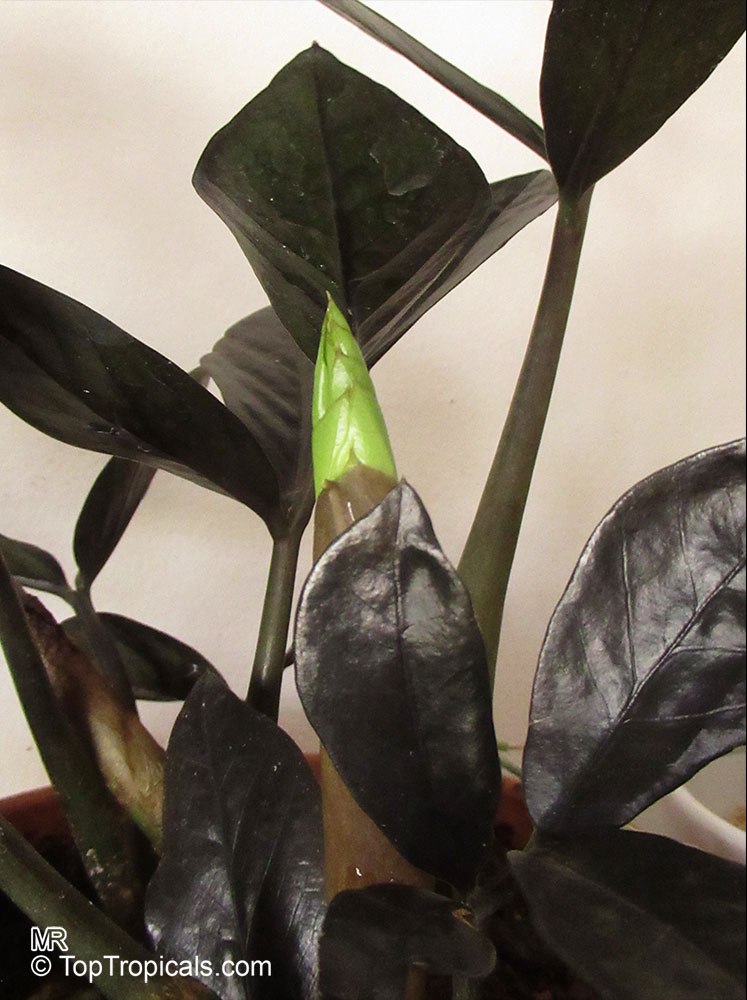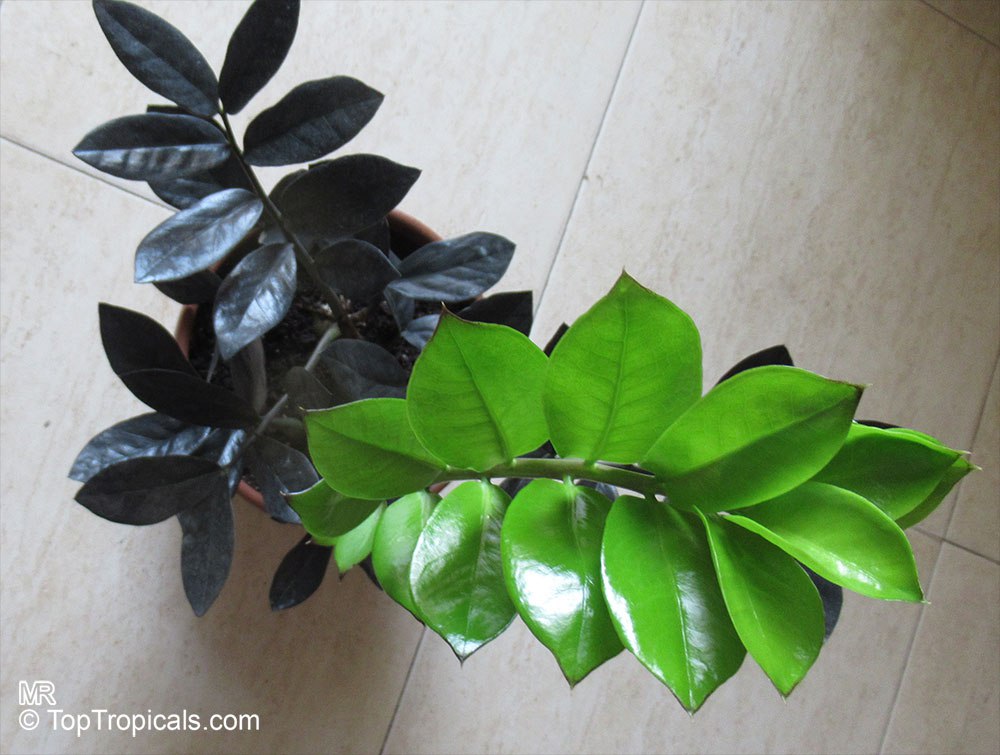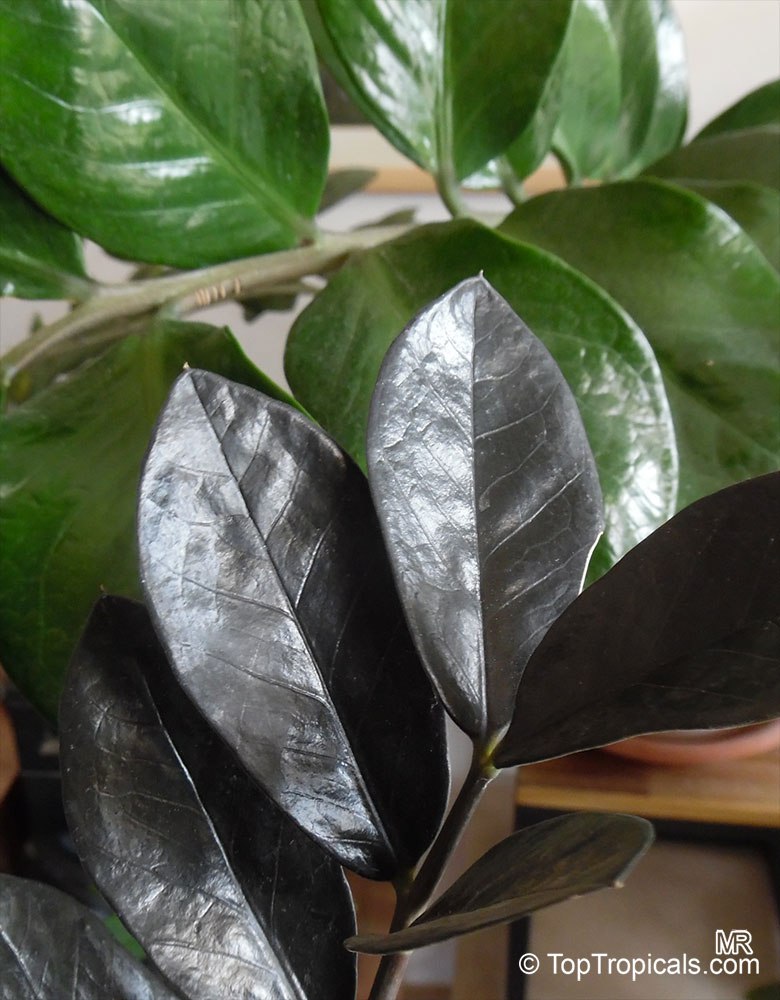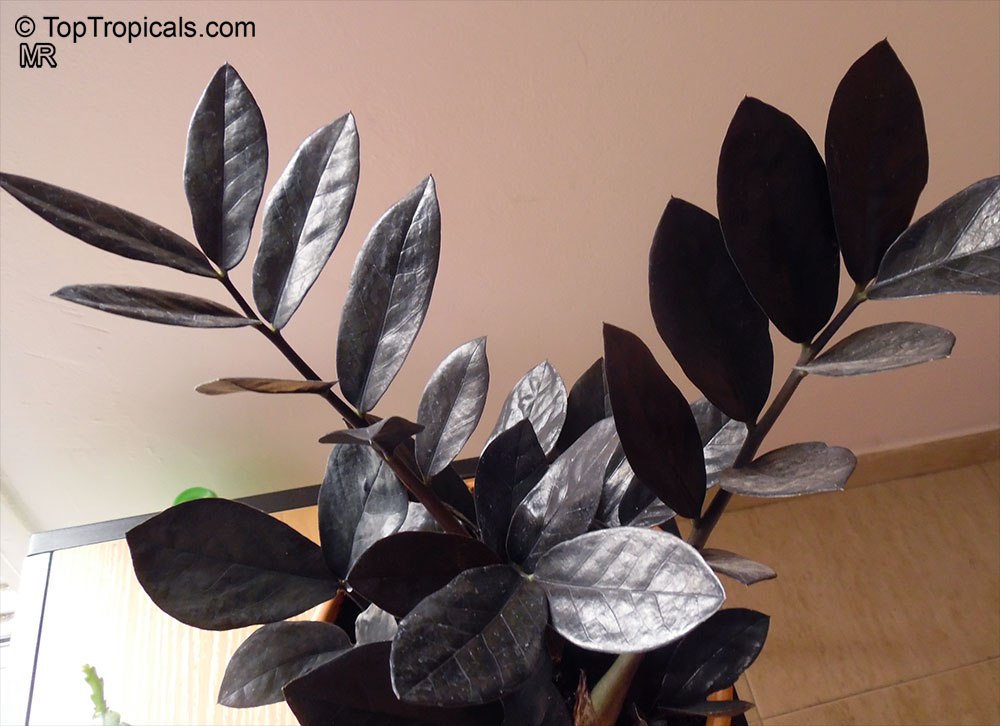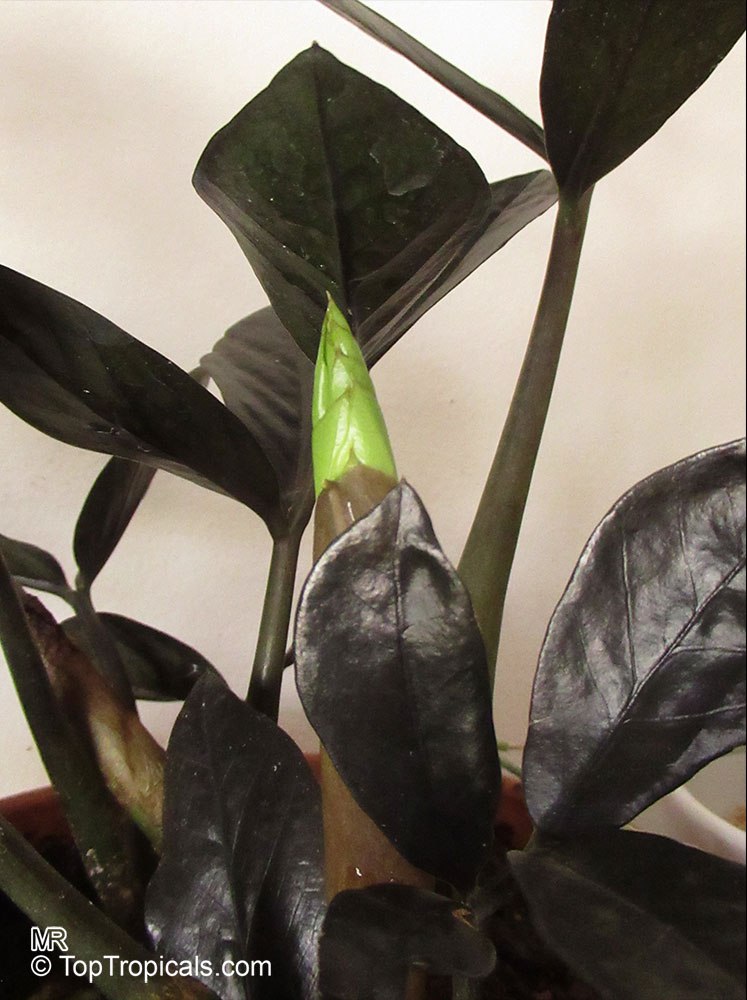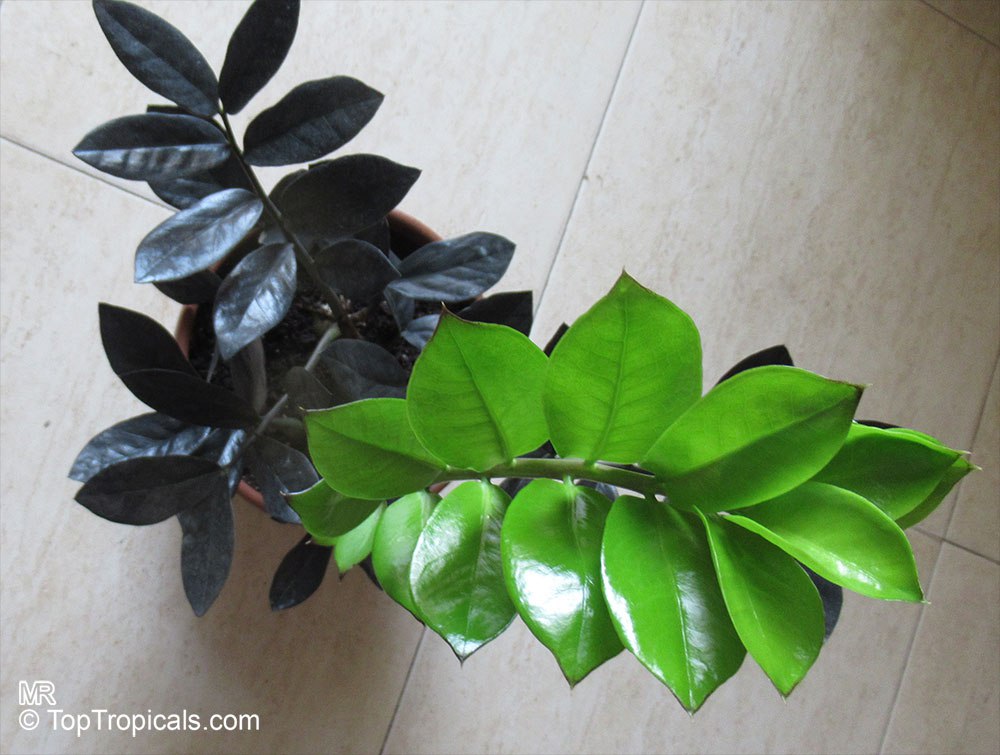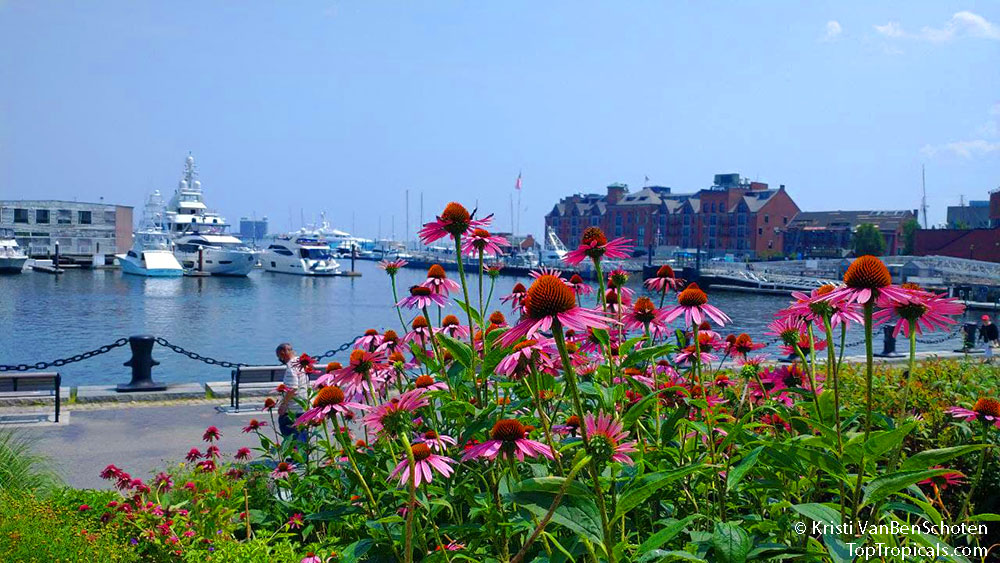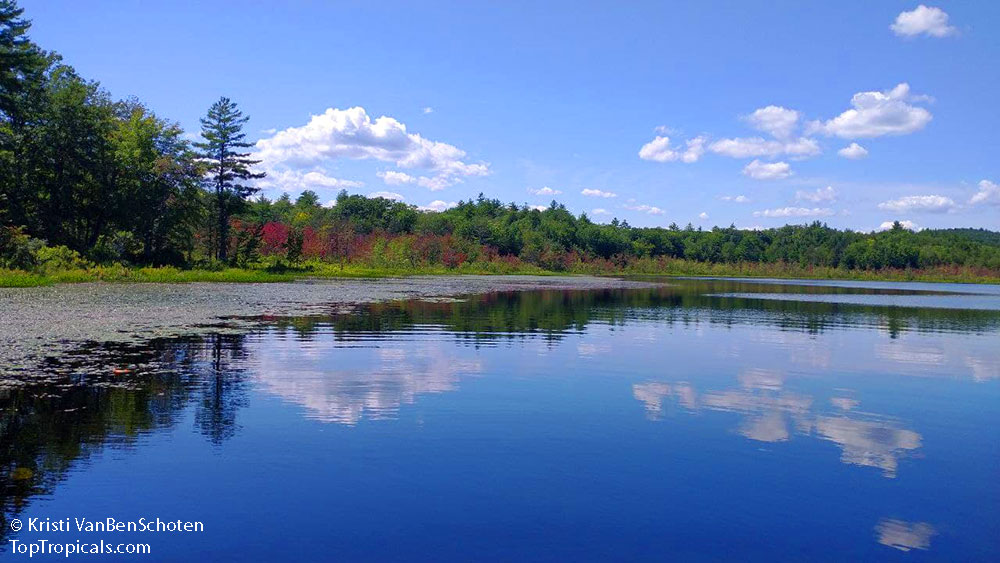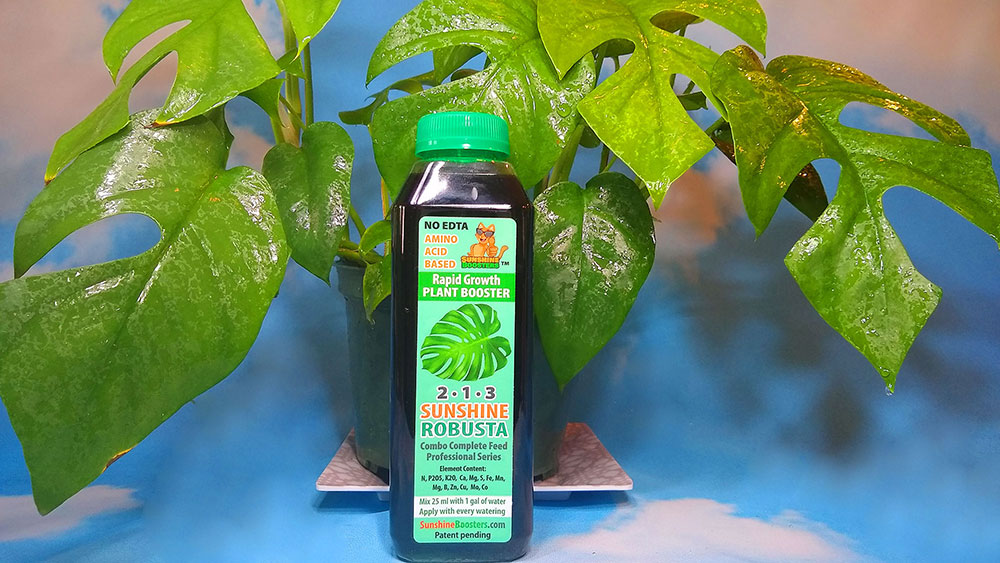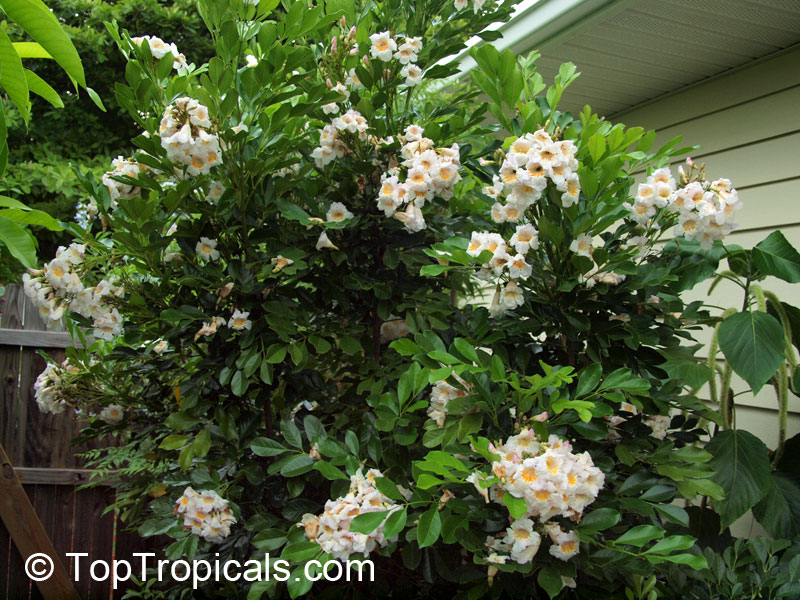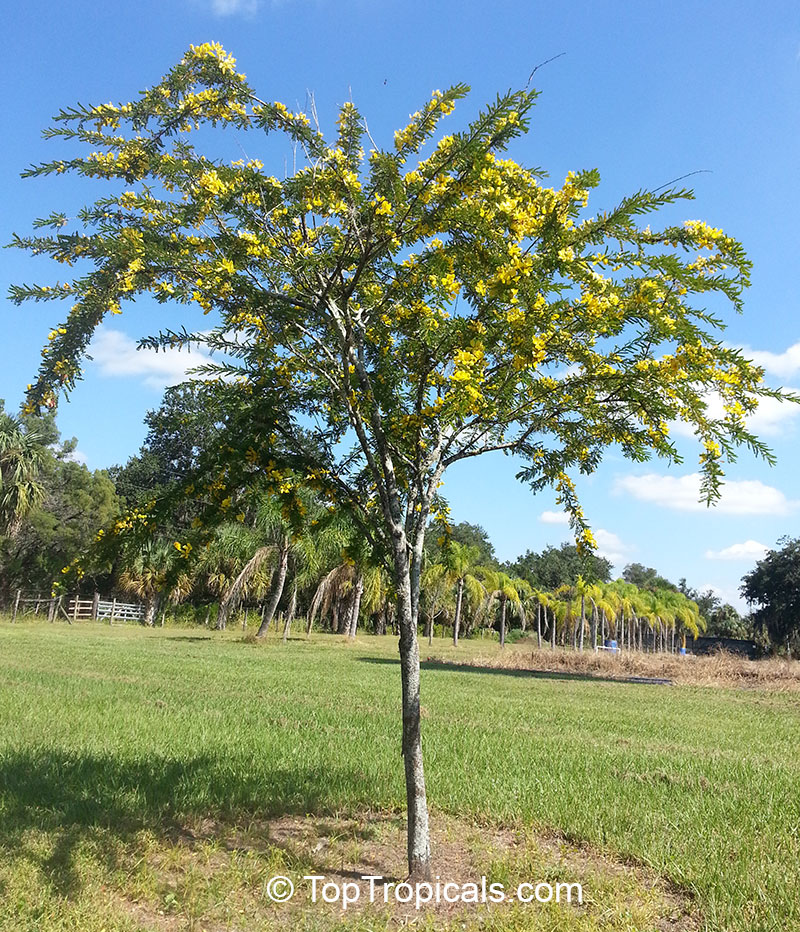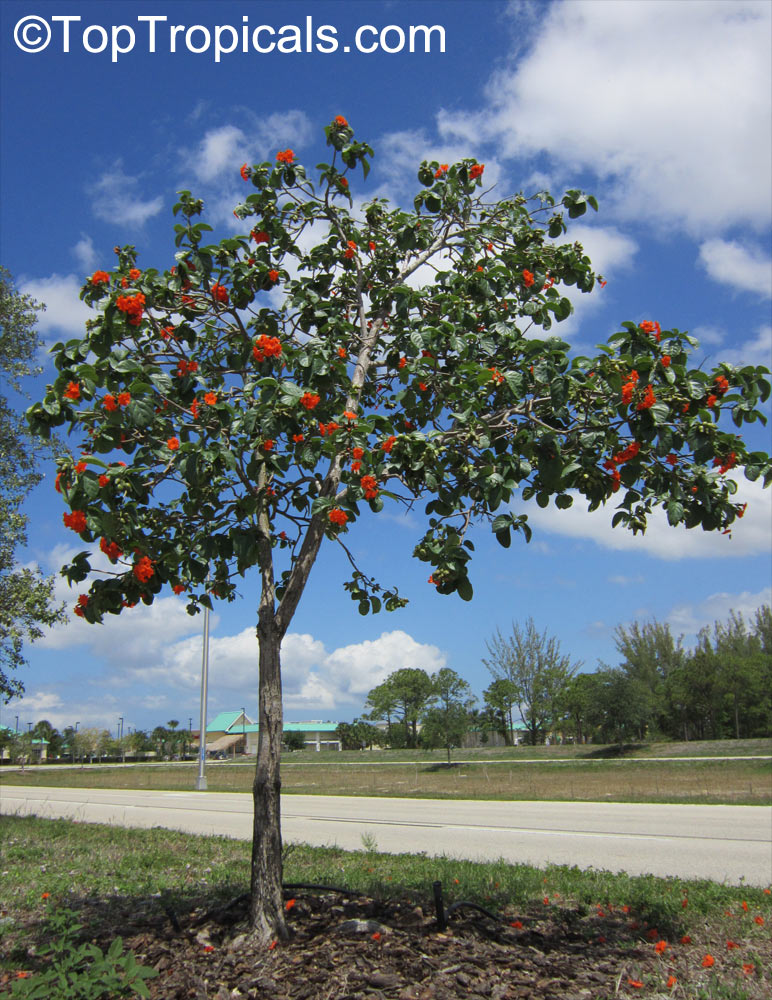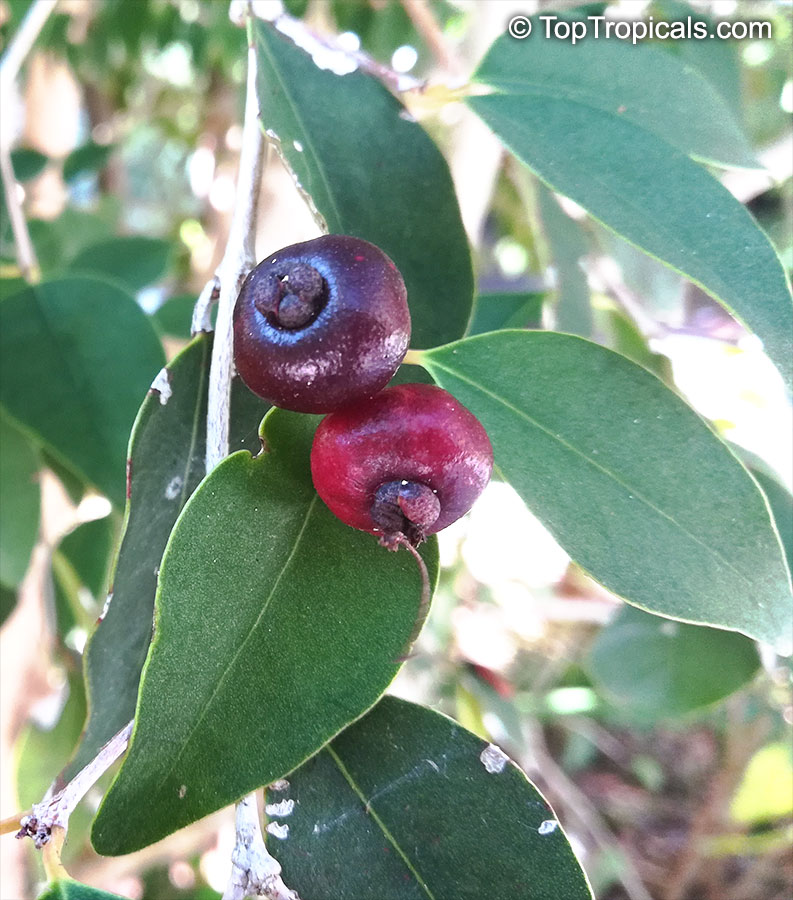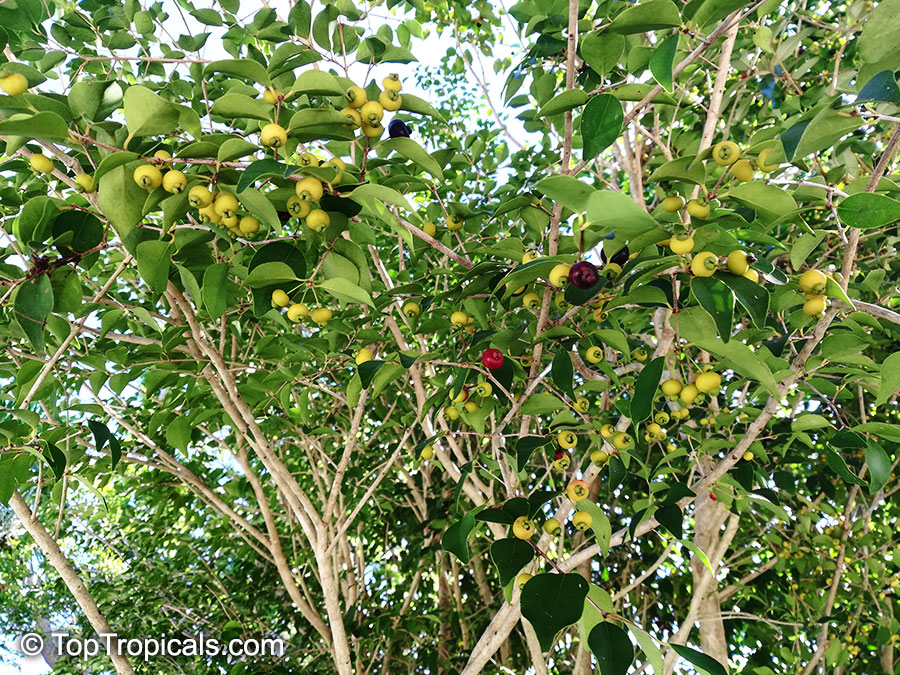Ponytail Palm - The Quirky Plant with a Big Personality!
Beaucarnea recurvata, Ponytail Palm, Elephant-Foot Tree, or Nolina
- 🌴 Beaucarnea recurvata, also known as the Ponytail Palm, Elephant-Foot Tree, or Nolina, is the ultimate low-maintenance showstopper!
- 🌴 With its swollen, bottle-like base (for storing water) and long, flowing, ribbon-like leaves, it looks like a palm but behaves like a succulent.
- 🌴 This adorable plant thrives on neglect, tolerating drought and even a bit of frost - making it a carefree plant.
- 🌴 Cute or quirky, it can be grown in a pot as a showy bonsai with a large caudex.
Put ❤️ for cute and 🔥 for quirky!
🐴 Share your ponytails in pots👇
🛒 Plant the Ponytail
#Container_Garden #Nature_Wonders #Trees
🔴 Join 👉 TopTropicals
